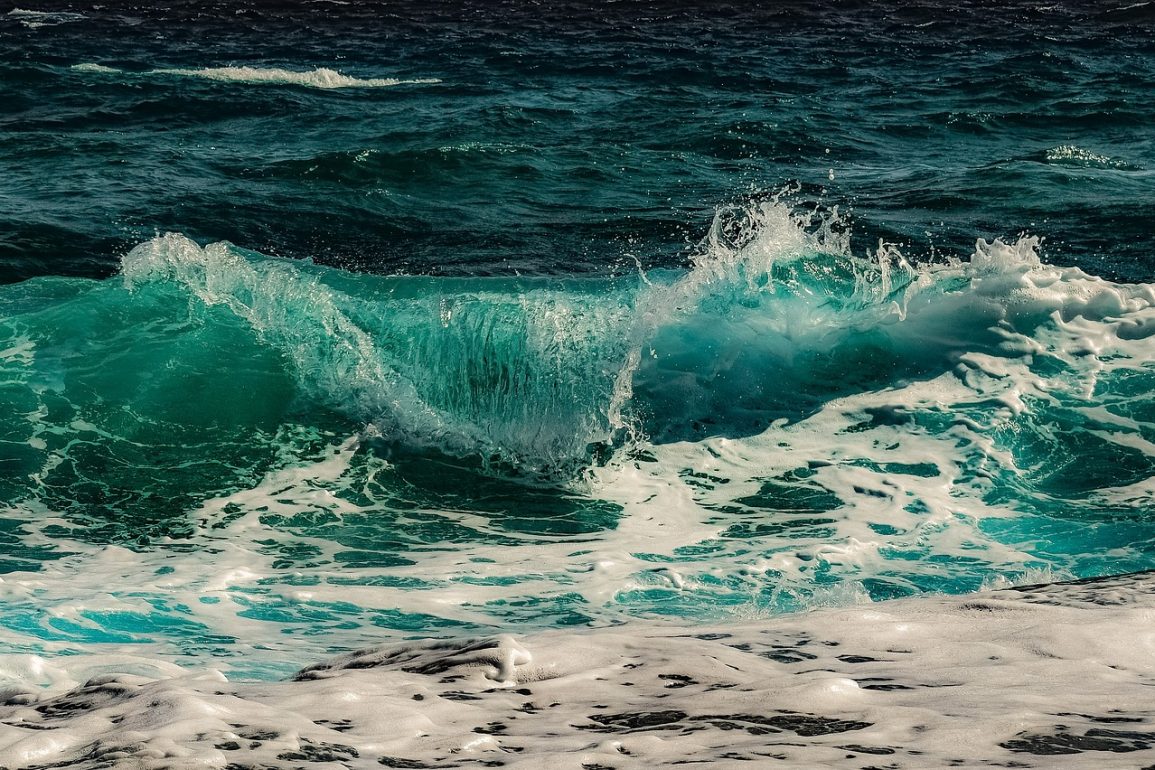In a significant breakthrough, a British-led team of scientists has discovered that a narrow layer of cool surface water, less than 2mm deep, enhances oceans’ ability to absorb carbon dioxide (CO₂).
After months of data collection across the Atlantic, researchers identified that the “ocean skin,” a thin film of cooler water at the very surface, absorbs more CO₂ than previously understood.
This “cool skin effect” results from heat escaping into the atmosphere, creating a slightly colder water layer on the ocean’s surface.
The temperature difference between this surface layer and the slightly warmer layer beneath drives a unique interface that allows CO₂ to be absorbed more effectively, according to findings published in Nature Geoscience.

The team, including experts from the University of Exeter and Plymouth Marine Laboratory, used advanced instrumentation to measure temperature and CO₂ differences across this thin water layer.
Their results provide a refined understanding of how oceans capture CO₂, a crucial process as oceans currently absorb about a quarter of human carbon emissions.
Researcher Daniel Ford from the University of Exeter, who participated in a seven-week journey onboard the RRS Discovery from Southampton to Punta Arenas, Chile, remarked, “This study emphasizes the importance of oceans in climate change mitigation.
With the upcoming COP29, these findings can enhance global carbon models that guide emissions policies.”
Gavin Tilstone, from Plymouth Marine Laboratory, highlighted the significance of the research, noting that the discovery reveals “the intricacy of the ocean’s water column structure and its role in CO₂ drawdown.”
The findings have been submitted to the Global Carbon Budget, supporting the scientific understanding of Earth’s carbon cycle and enhancing global climate models.

